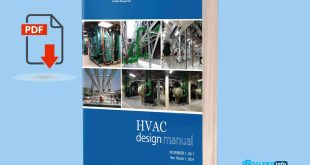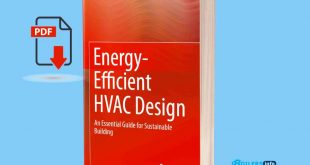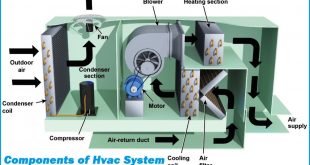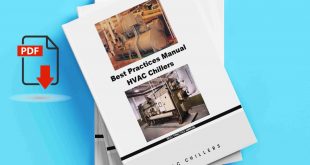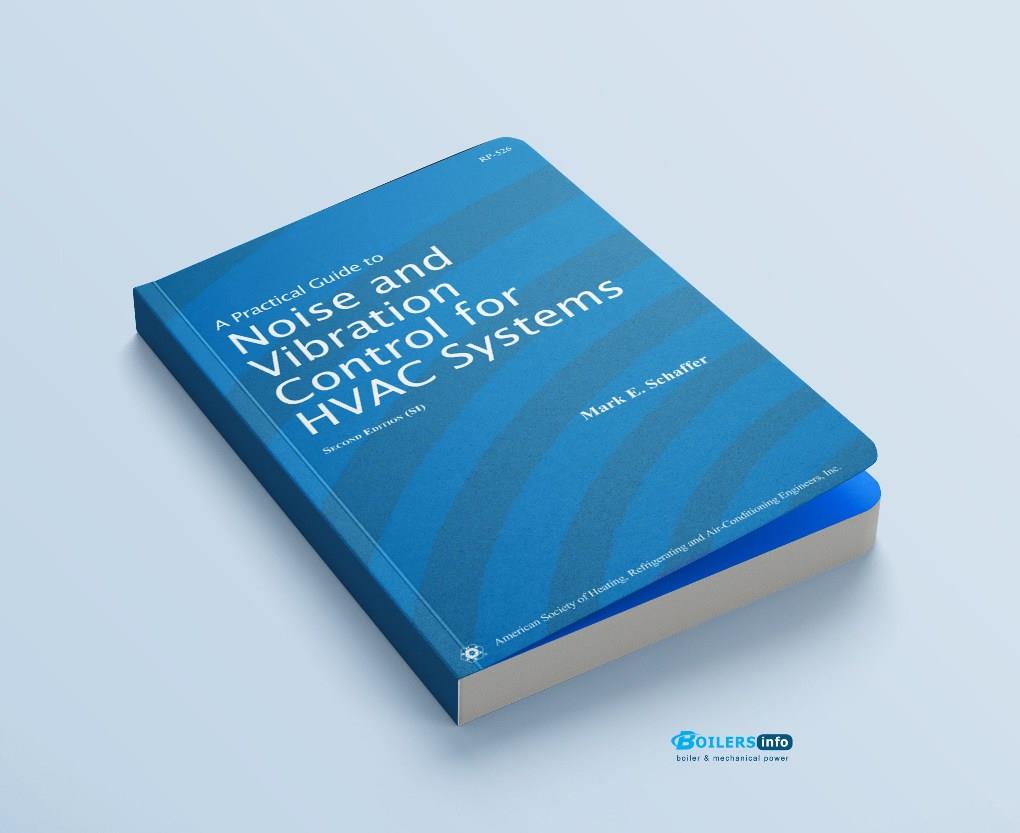
A Practical Guide to Noise and Vibration Control for HVAC Systems SECOND EDITION by Mark E. Schaffer. Over the past few decades, building design teams have become more aware of the potential noise and vibration problems from HVAC systems. Mechanical engineers are specifying sound traps (duct silencers), acoustical louvers, sound-absorbing duct liners, and vibration isolators, while architects are designing mechanical room walls and slabs with high sound transmission class (STC) ratings. Despite the addition of these noise and vibration control features in more and more building designs, complaints of excessive HVAC system noise and vibration are still common. Investigations into these complaints by acoustical professionals have found that, in many cases, the correct equipment and materials were used, but they were not properly integrated into a quiet system, or some seemingly insignificant detail was omitted that negated the expected acoustical benefit. also read HVAC Equations Data and Rules of Thumb.
The Contents of A Practical Guide to Noise and Vibration Control for HVAC Systems
- Introduction
- Chapter 1—General Design Guidelines
- Chapter 2—Airside Equipment
- Chapter 3—Water-Side Equipment
- Chapter 4—Packaged and Unitary Equipment
- HVAC Engineers Handbook 11th edition
- Chapter 5—Vibration Isolation
- Chapter 6—Specifications
- Chapter 7—Construction Phase Tasks
- Chapter 8—Troubleshooting Noise and Vibration Complaints
- Appendix A—Some Basics of HVAC Acoustics
- HVAC Installation Procedures
- Appendix B—Acoustical Rating Systems and Criteria
- Appendix C—Measuring HVAC System Noise
 Boilersinfo Boiler and Mechanical Power Digital Library
Boilersinfo Boiler and Mechanical Power Digital Library

